When police forced entry into a hidden warehouse near the Vietnamese beach town of Nha Trang they were met with a gruesome scene: thousands of dead and chemically taxidermied hawksbill sea turtles piled up in front of them.
Following a series of police raids on Vietnam’s illegal turtle trade network, authorities seized 7,000 dead hawksbills weighing up to 10 tonnes. This was the single largest seizure of marine turtles ever recorded. Most of the sea turtles were bound north for the Chinese market.
The illegal trade that supplies China’s demand for hawksbills and other sea turtle products is thriving. Similar cases of illegal capture, processing, and smuggling into China are reported every year from the Sino-Vietnamese border and from the Philippines.
According to a 2012 report on the sea turtle trade by Traffic, an organisation that monitors the wildlife trade, China accounted for 98% of reported whole specimens traded in East Asia between 2000 and 2008. There is no sign of the trade slowing.
China accounted for 98% of reported sea turtles traded in East Asia between 2000 and 2008
The sea turtle is a symbol of fortune and longevity in Chinese culture. Folk legends refer to hawksbills as one of the four celestial guardian animals. Ironically, the symbolic importance and cultural respect for the animal has helped drive demand for sea turtle products, which are highly prized ornaments and ingredients in traditional medicine. As income levels in China have risen these products have become more affordable.
All sea turtles are endangered
Sea turtles play an important role in maintaining a balanced food chain and healthy ecology in the ocean. Hawksbill turtles, for example, support coral reef systems by feeding on sponges. If these are left unchecked they can threaten the survival of corals.
Sea turtles are found in tropical waters around the world from Southeast Asia to the Caribbean. All seven species are now on the Red List of threatened species maintained by the International Union for Conservation of Nature.
They face several direct and indirect threats from human activities. For example, the development of coastal infrastructure and loss of coral reefs have significantly reduced the number of nesting beaches and feeding habitats for turtles.
The exponential increase of plastic waste in the ocean is also a critical threat. Sea turtles often mistake plastic for jellyfish and ingest it. This can cause injuries, block their intestines, and lead to the accumulation of toxins.
In addition, sea turtles are especially vulnerable to the impacts of global warming. Rising sea levels will further erode nesting beaches, and increased temperatures distort gender balance in hatched eggs, threatening the turtles reproductive capabilities in the long run.
In terms of direct threats from humans, increased fishing activities in the ocean, especially near nesting beaches, has resulted in more turtles being injured or drowned following their accidental capture and entanglement in fishing nets.
A much more pressing threat is the global consumption and trade of sea turtle products, including souvenirs and crafts, turtle meat and eggs. This trade is a particular threat to hawksbill turtles, which are prized for their beautiful shells.
In China, consumers purchase hawksbill turtle products for their beauty, as a sign of prestige, and in the belief that they ward off evil spirits. A WildAid/Intage survey of 1,500 residents in Beijing, Shanghai, Guangzhou, Beihai, and Sanya revealed that 17% of respondents had purchased sea turtle products and 22% would consider making a purchase in the future.
The illegal trade in sea turtles
The consumption and trade of sea turtle products is widespread and exists globally. In the Caribbean, sea turtles are exploited for their meat, eggs, and shells. In coastal communities in Asia and East Africa, sea turtle eggs are collected and traded as a cheap source of protein and nutrition.
Japan has been at the centre of the turtle trade in Asia historically. It imports hawksbill shells from Southeast Asia and the Caribbean to supply its hawksbill crafts industry, known as bekko. Japan banned the import of new hawksbill shells in 1994, after which demand from China took over.
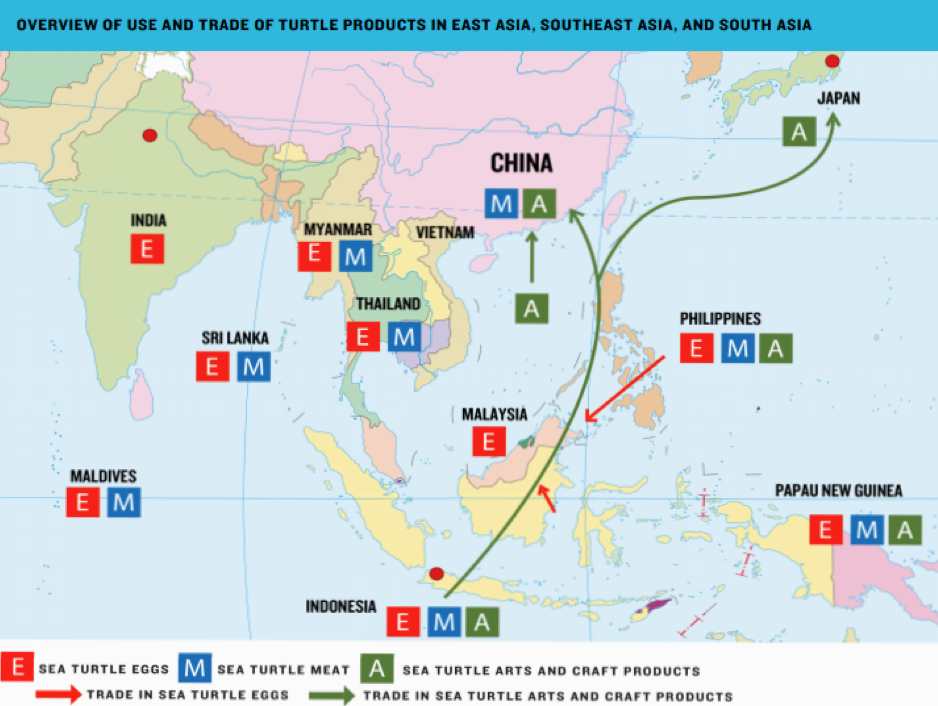
China’s coastal waters are heavily fished and there are few sea turtles left. The Chinese market now draws its supply of raw materials mostly from the Coral Triangle, an area of ocean rich in biodiversity near the Philippines and Borneo. From there the poached turtles are smuggled to China via two main trade routes – direct trade on the South China Sea to Hainan Island and indirect smuggling to Vietnam and then to China.
The demand for sea turtle products in China combined with the low income levels of fishermen near the Coral Triangle makes sea turtle smuggling a lucrative business.
The price for one hawksbill turtle in the Philippines and Vietnam can be as low as US$70, but a finished taxidermy product can sell for more than US$1000 in China.
Processing turtles into taxidermies, jewellery, and other crafts takes place on Hainan Island in China, or Vietnam. In the latter case the finished products are then smuggled into China through border crossings in Guangxi province.
Along the trade network, the Filipino island of Balabac serves as the main transit point in both live and dead turtles. Hainan and Vietnam serve as the processing centres, and Guangxi province and Hainan as the main distribution centres within China.
In addition to these traditional channels of smuggling there are recent cases of individuals smuggling hawksbill turtle shells from places as far as the Caribbean, showing the growing reach of the illegal trade network.
Meanwhile, the growth in outbound tourism from China, especially to Southeast Asia, has also brought consumers closer to the supply of turtle products.
According to the WildAid/Intage survey, 21% of sea turtle consumers purchased products while travelling abroad. Within this group, more than half received recommendations from tour group guides to buy sea turtle products as souvenirs, and 35% said they learned about the products from online travel guides.
As a result, China’s customs authority has reported many cases of intercepting sea turtle products from returning tourists at airports in recent years.
Main trade routes of hawksbill turtles in Asia

Stopping the trade in sea turtles
The illegal trade in sea turtles is just one of many reasons for their decline, but combating the trade is crucial to saving the species.
It will take decades to restore sea turtle habitats, and reversing the trend in habitat degradation also create significant trade-offs with development opportunities. However, preventing trade of sea turtle products and reducing poaching can start now and will have an immediate impact if there is stricter law enforcement and greater public awareness.
Increasing public awareness can also help to build the political momentum needed to target other human threats to turtles in the longer term, as is happening in the case of sharks and elephants.
The international community and national governments have acknowledged the critical need to protect sea turtles for decades. Globally, all seven species of sea turtles are listed under Appendix I of CITES (The Convention on International Trade in Endangered Species) and on the IUCN Red List of threatened species.
Although all contracting parties to CITES are obligated to take measures against any trade in sea turtle products, determination and ability to combat the trade vary significantly across countries. For example, some member states, such a Palau and Grenada, allow regulated but legal markets for the products, mostly catering to tourists.
In China, the five species of sea turtle found in nearby waters are listed as national level II protected animals. This prohibits the killing, transporting, and trade of the animal by law.
The government has set up the Guangdong Huidong Harbour National Reserve to protect nesting habitats. It’s the last remaining nesting place for sea turtles on mainland China. However, the reserve has experienced a sharp drop in the number of nesting turtles in the past few decades, from hundreds to just two to three turtles a year.
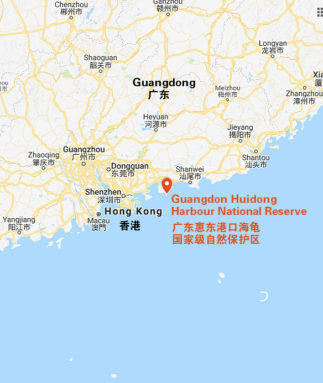
Despite these protections there is significant scope to improve public awareness in China of the threat to turtles. The 2017 survey showed that just 57% of correspondents knew that buying sea turtle products in China was illegal. The rest were unsure or believed that the products were legal.
This lack of awareness is also common among the media and local law enforcement. One consumer in Sichuan even complained about the delay and damage to a shipment of sea turtle meat. Both the media and police focused on the courier service, making no mention that importing the meat is illegal.
Raising public awareness
Some are calling for protection of sea turtles to be elevated to level I. This was proposed at the National People’s Congress in 2016 by 10 delegates headed by Huang Xi Hua from the Huidong National Reserve.
This year, the government designated the sea turtle – along with the white dolphin and northern seal – as species worthy of protection.
Raising the level of protection may not solve the environmental threats to turtle habitats in the short-term. However, stronger punishments could help educate the public about illegal turtle consumption and deter those who engage in the trade.
Stronger protection would also focus the attention of law enforcement agencies within and beyond China’s borders.
Reducing Chinese demand for shark fin is already making a huge difference in shark populations globally, with a similar story emerging with ivory and African elephants. Combating the illegal turtle trade by reducing demand in China could lead to the next big conservation breakthrough.
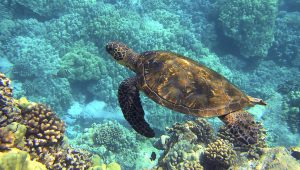

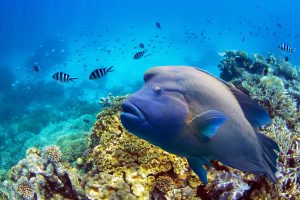
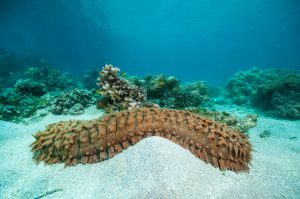

![Peafowls have become a menace in LunchaKameru village in Sumbuk block of South Sikkim, so every morning desperate villagers go to an open patch of land in forest to spread feed for peafowls in the hope that their crops will be spared. They have also constructed water basins out of bamboo [image by: Nidhi Jamwal]](https://dialogue.earth/content/uploads/2018/08/HWC1-300x172.jpg)

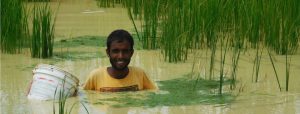
![Embankment construction on the Sundari river near Raghunathpur [image by: Peter Gill]](https://dialogue.earth/content/uploads/2018/08/IMG_9106-300x225.jpg)